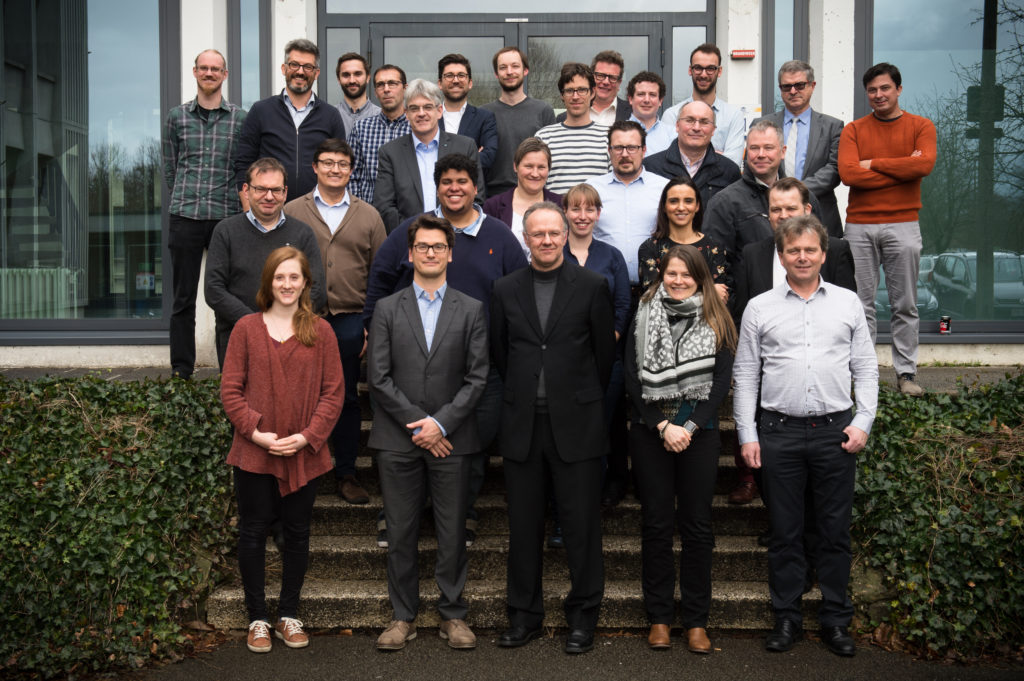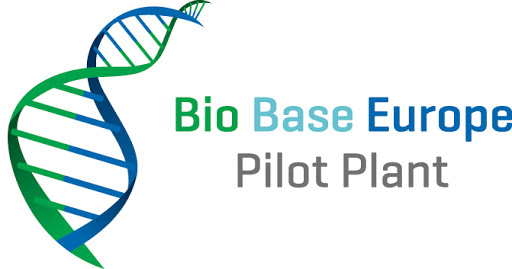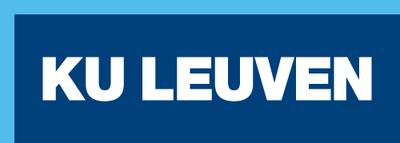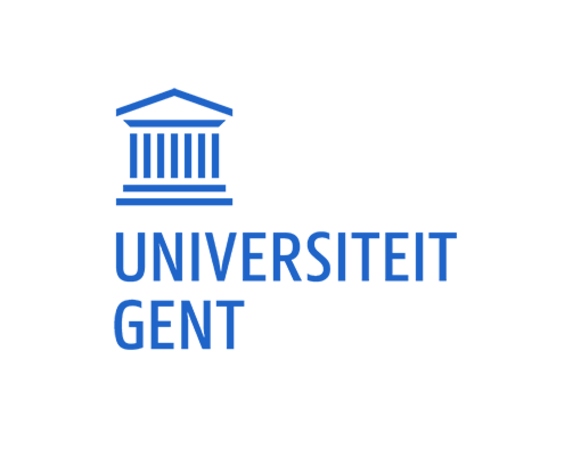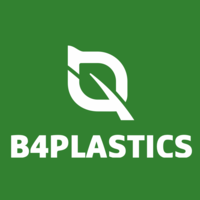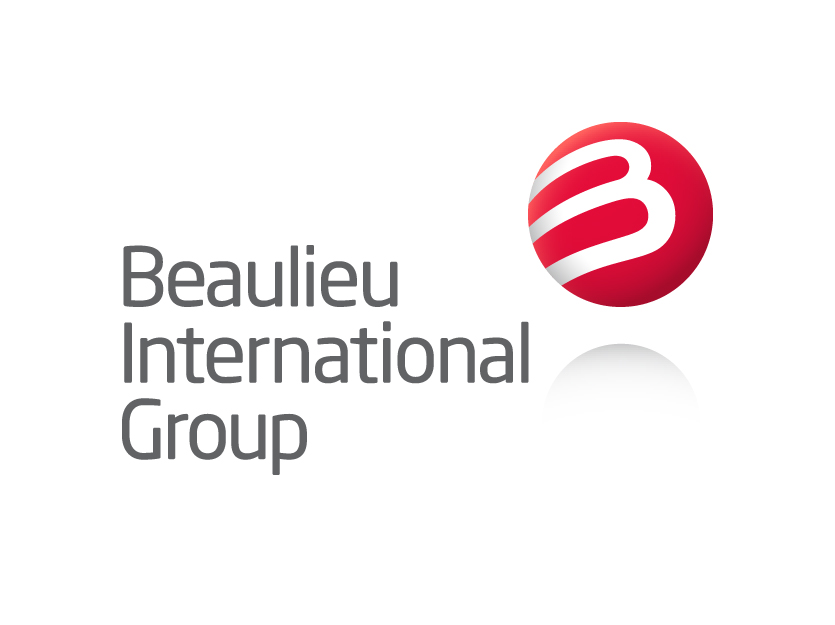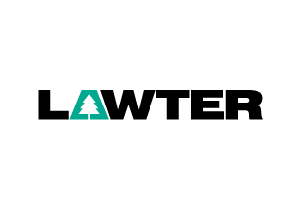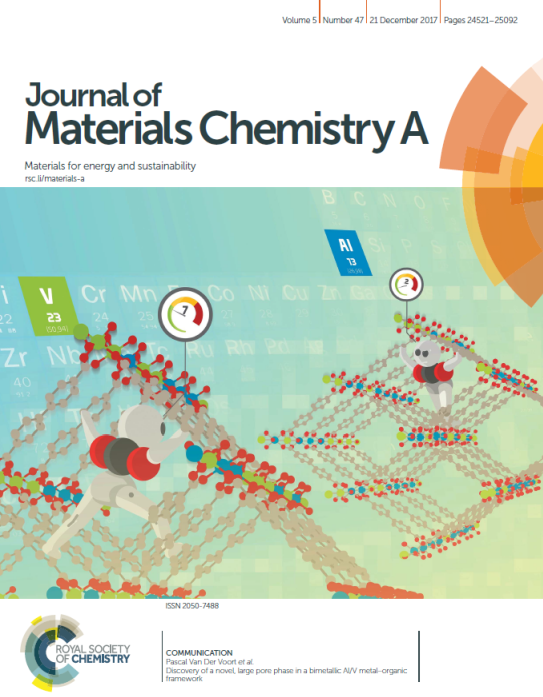The 2030 framework for climate and energy policies contains a binding target to cut greenhouse gas emissions in EU territory by at least 40% below 1990 levels by 2030, and has the ambition to further reduce them by 80-95% by 2050. As theoretical limits of efficiency are being reached and process-related emissions are unavoidable in some sectors, there is an urgent need to develop efficient carbon capture and utilisation systems. In the past, most research has focused on the capture and storage of carbon dioxide (CO
2), also referred to as Carbon Capture and Storage (CCS). CCS is a technology directed to CO
2 abatement and removes carbon from the economy. In addition to CCS, CO
2 can also be transformed into valuable added products. This is known as carbon capture and utilization (CCU). Since the use of CO
2 as a carbon feedstock has the potential to create attractive business cases for production of chemicals, more and more novel CCU technologies are being reported and the range of CO
2-derived products is expanding. However, these emerging technologies all have different technology readiness levels (TRL) and a comparison for different technologies is missing.
The main objective of the project is the development of technologies for the conversion of CO
2 to value-added chemicals using catalysis and renewable energy. To benchmark, compare and develop the various technologies, the formation of formic acid was selected as the initial target. Formic acid is the first product of the hydrogenation of CO
2 towards value-added chemicals. In the project, the development of 4 catalytic routes (homogenous & heterogeneous catalysis, photochemical plasma-catalysis, electrochemical catalysis and bio-catalysis) is planned, enabling the sustainable synthesis of formic acid and more complex value-added chemicals (Single Cell Proteins, etc.). Sustainability is the common denominator of the different routes investigated in the project as they will enable the creation of a circular economy using (i) abundant reagents: CO
2, H
2O and electricity produced by surplus of renewable energies production through electrolysis and (ii) sustainable catalysts: earth-abundant metals will be used in homogeneous and heterogeneous catalysis, in photochemical and electro-catalytic syntheses, and set-ups will fully exploit renewable electricity. Finally, the potential of enzymatic catalysts (microbes and bacteria) will be exploited to use nitrogen from waste water sources to produce organic molecules of added value and microbial proteins for feed/food applications. At the end of the project, the partners want to be able to select the best technology (CO
2 source, purity and intended product, availability of excess electricity) for the conversion of CO
2. A decision support framework will be developed to support this decision process. Via a techno-economic analysis, the different catalytic routes towards formic acid will be benchmarked against each other and against the classical process via base-catalyzed carbonylation of methanol.
The second objective is the valorization of formic acid. On the one hand, formic acid will be used as a building block for the bio-catalytic production of value-added chemicals such as Single Cell Proteins. On the other hand, formic acid is considered as a H
2 carrier to propose a circular economy with CO
2 and H
2/electricity generated from renewable sources (POWER to CHEMICALS): when renewable sources (solar, wind, …) produce energy surplus, this energy can be converted in H
2 (through electrolysis) that is chemically converted with CO
2 into formic acid. When utilizing the H
2 upon conversion of formic acid, CO
2 is released and can be used recycled/reused with a new supply of H
2 for the formation of formic acid generating a true circular approach.
 Advisory Board
Advisory Board
This project has the ambition to strengthen the position of Flanders in terms of research into CO
2-based processes and materials. The relevance of this cluster SBO project is further emphasized by an industrial advisory board (pictured below), who are eager to implement the results and create economic valorisation. Current members of the advisory board include: 3M, Alco Biofuel, Arcelor Mittal, Avecom, Borealis, Cargill, Eastman, ENGIE Laborelec, Hydrogenics, INEOS, Messer, Monsanto, Nutrition Sciences and Smart Bioprocess.
